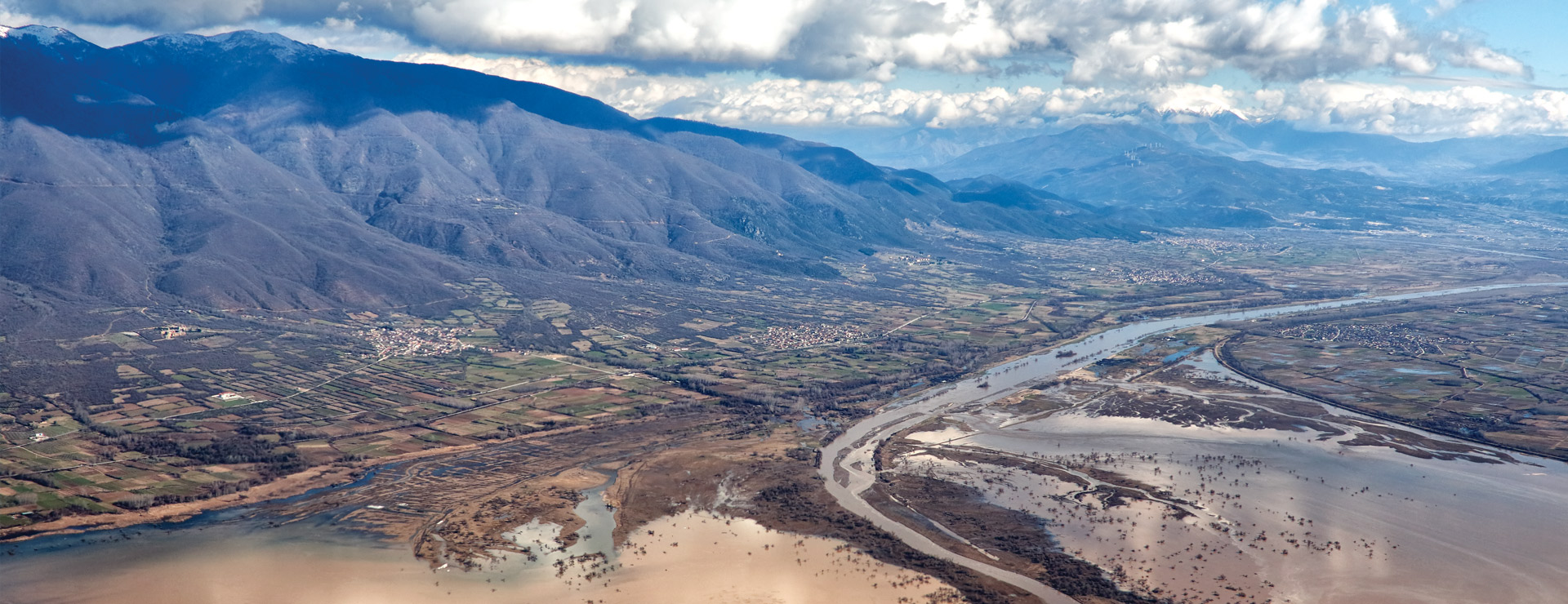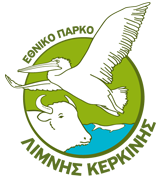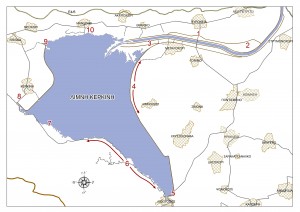
Bird Watching In Kerkini Wetland
The National Park of Lake Kerkini offers an amazing opportunity for bird watching. It is found in northern Greece and Lake Kerkini, a true national diamond, still unknown to the rest of the world, lies at the centre of the park. The lake is surrounded by two beautiful mountains, Mount Kerkini and Mavrovouni.
Lake Kerkini with the amazing and valuable biodiversity is the most wonderful and easily accessible area for avifauna watching in Europe. 12 different bird species nest in just one colony and it is the first area where,after 150 years, the breeding range of the Dalmatian pelican (Pelecanus crispus) has expanded because of the artificial platforms created by the Management Body.
There is no doubt that the National Park of Lake Kerkini with more than 300 recorded bird species is a unique life experience for bird watching throughout the year.
If you wish to make a tour around the lake, you are advised to start from Vyronia and travel southwards guided by the sun.
1. Marshes expand on both sides of the road, from Vyronia to the river. It is an exquisite area any time of the year for observing herons, warblers, pygmy cormorants and different birds of prey. You can also watch flycatchers and birds with “cryptic” behavior (birds that tend to hide), such as little crakes and little bitterns.
2. You find river dikes upstream of the Vyronia bridge, as well as marshes on the northern side of the river, which constitute habitats of unique biodiversity. Pelicans and cormorants fish all over the area. You may also observe cranes throughout the year, while in summer you may see lesser spotted eagles, Eleonora’s falcons, lapwings, stone curlews, as well as cattle egrets, if you are lucky. Keep your eyes open for tawny pipits, short-toed larks and black storks. In winter these habitats are used by spotted eagles.
3. There are wetlands between the river and the northeastern end of the lake and access is provided through Megalohori (the lake is to your left). The area displays exquisite beauty any time of the year, especially in spring and summer. You can observe wading birds, herons, glossy ibises and terns. The area constitutes a significant habitat for eagles, cranes, black storks and pelicans as well.
4. You see a dike at the northeastern end of the lake. The path of few kilometers gives you the opportunity to observe different bird species at any time of the year. Don’t forget to take a look at the fields behind you!
5. Lithotopos is the area surrounding the dam, forming a small port and the bed of the river. It is a splendid area, especially during the winter, which undeniably constitutes the best spot to observe ferruginous ducks, as well as overwintering little egrets and black-crowned night herons. In winter pelicans approach fishermen, who feed them, and in summer great crested grebes nest by the port.
6. Follow the road along the lake bank from Lithotopos to Koryfoudi. You should always by alert. The mountains to the west are habitats where booted eagles, short-toed eagles and lesser spotted eagles make their nests, as well as sparrowhawks, black kites and buzzards. Cranes are frequent visitors during winter and spring. Smaller trees offer a refuge to warblers (especially to subalpine warblers). There are also cirl buntings throughout the year; however rock buntings and sombre tits go higher on hills as the cold draws back. Follow the path starting to your left, 4 kilometers away from Lithotopos, in order to go higher, where you will be able to observe masked shrikes and lesser grey shrikes. Look at the lake for large flocks of cormorants and pelicans fishing.
7. You see the marshes in Koryfoudi. It is a beautiful spot during spring and summer, where you can meet herons, pygmy cormorants, Eurasian spoonbills and pelicans. Great crested grebes, Eurasian coots and moorhens build floating nests. During winter, observe the large flocks of ducks in the lake and look for rare species, but also take a look at the banks for water pipits, snipes and other wading birds, as well as for large flocks of greenfinches.
8. You reach the mouth of river Kerkinitis. This is a good spot for ducks in winter and for herons and pygmy cormorants in summer. Walk along the road to Koryfoudi and observe penduline tits, black-eared wheatears and ortolan buntings.
9. You reach the end of the western dike to the north. Access is provided through the road Livadia/ Kerkini (towards Livadia) parallel to the irrigation channel. This is a good spot to observe ducks and great egrets in winter and all species of herons and pygmy cormorants in summer. Keep your eyes open for cranes and wading birds throughout the year.
10. You reach the small port of Mandraki. This is a great spot to observe flocks of ducks, wading birds, pelicans and greater flamingos in winter (when the lake level is low, a telescope is required). Keep your eyes open for spotted eagles and other birds of prey. In summer you can admire the herons, terns, pygmy cormorants, cormorants and pelicans fishing. Great crested grebes, Eurasian coots and moorhens nest in floating nests. At this spot, the nesting platforms of Dalmatian pelicans and the floating platform for the terns are also visible.


